A guide to climb Ama Dablam (6,812m)
Climbing Ama Dablam: A Mountaineer’s Dream in the Himalayas
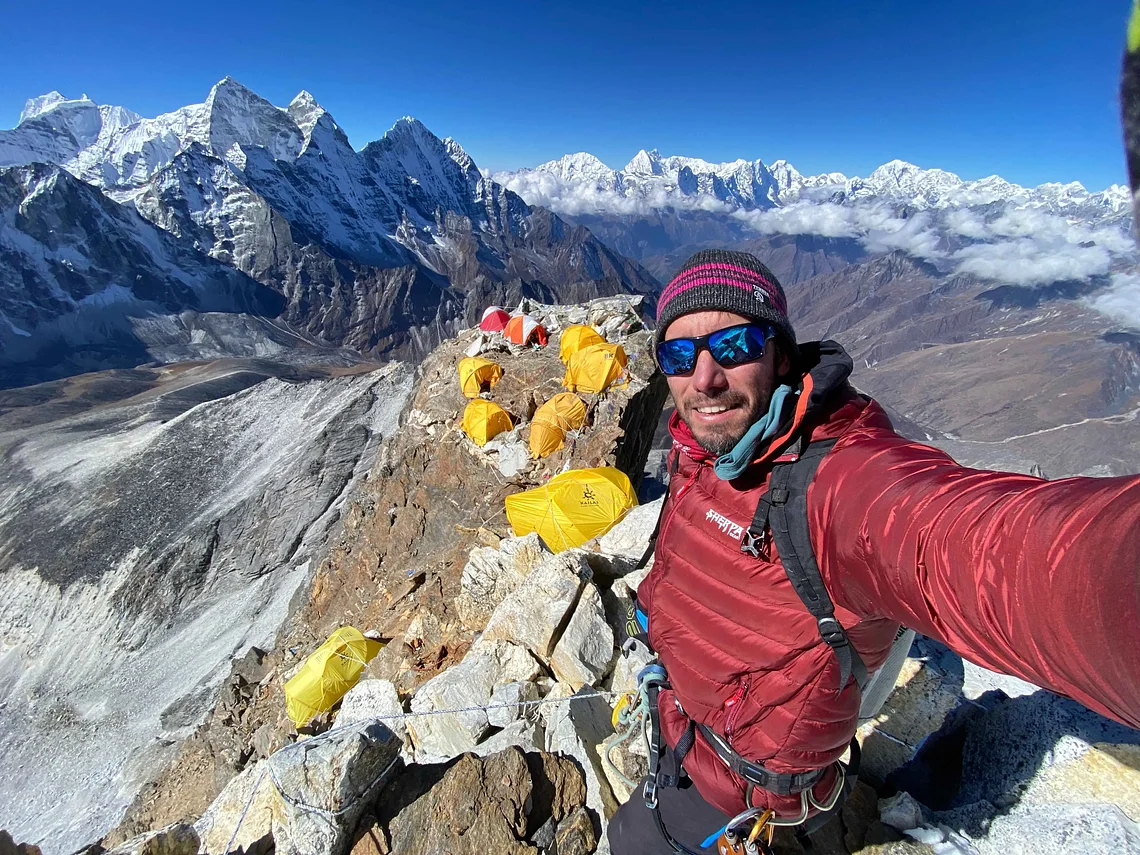
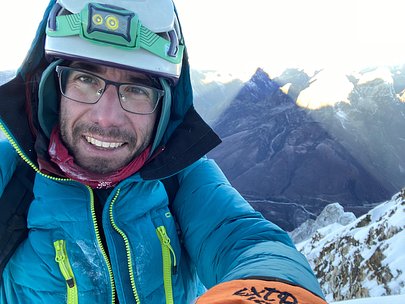 by Marc Subirana
·
Wed 12 Mar 2025
by Marc Subirana
·
Wed 12 Mar 2025
Climbing Ama Dablam: A Mountaineer’s Dream in the Himalayas
Introduction
Ama Dablam, standing at an impressive 6,812 meters (22,349 feet), is one of the most iconic and striking peaks in the Himalayas. Located in eastern Nepal, this mountain is often referred to as the "Matterhorn of the Himalayas" due to its dramatic ridges and steep, pyramid-like structure. The name "Ama Dablam" translates to "Mother's Necklace" in the Sherpa language, a reference to the mountain’s long ridges resembling a mother’s protective arms and the hanging glacier, which resembles the traditional pendant worn by Sherpa women.
Regarded as one of the most technically challenging and beautiful mountains in the world, Ama Dablam attracts experienced climbers from all over the globe. Though significantly lower in altitude than the 8,000-meter giants such as Everest and Lhotse, its steep terrain, exposed ridges, and challenging ice and rock sections make it a demanding ascent that requires strong technical skills.
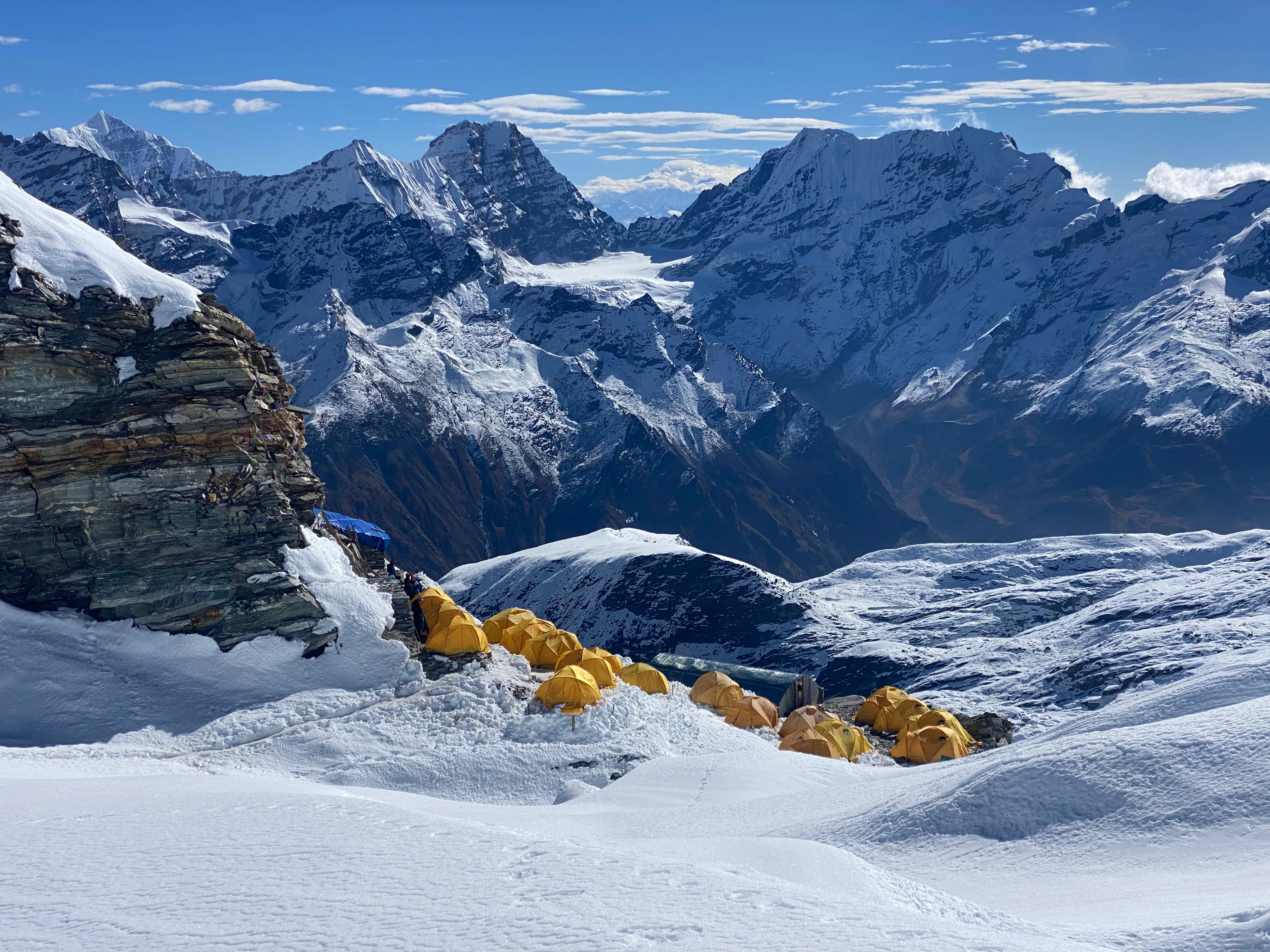
History of Ama Dablam Ascents
The first successful ascent of Ama Dablam was achieved on March 13, 1961, by a team consisting of Mike Gill (New Zealand), Barry Bishop (USA), Mike Ward (UK), and Wally Romanes (New Zealand). They climbed via the now-classic Southwest Ridge route, which remains the most popular and frequently attempted path to the summit. Since then, the mountain has seen numerous ascents, with climbers continually pushing the limits by attempting new and more challenging routes.
While the Southwest Ridge is the standard route, Ama Dablam has several other technical routes that present varying degrees of difficulty. Some of these alternative routes include the Lowe Route on the South Face, the North Ridge, and the North-West Face. These routes require significant mountaineering experience and are less frequently climbed due to their increased technical difficulty.
The Standard Route: Southwest Ridge
The Southwest Ridge is by far the most commonly used route for climbers attempting to summit Ama Dablam. It offers a mix of rock, ice, and snow climbing, requiring technical skills such as rope work, use of ice axes, and the ability to navigate exposed ridges. Climbers typically set up multiple camps along this ridge to facilitate acclimatization and provide shelter during the ascent.
Base Camp (4,600m / 15,100ft): The journey begins at Ama Dablam Base Camp, a beautiful setting surrounded by towering Himalayan peaks. Climbers spend several days here acclimatizing and undergoing final preparations.
Camp 1 (5,700m / 18,700ft): The first major camp sits atop a steep ridge. Reaching it requires navigating rocky terrain and using fixed ropes. Climbers often face strong winds and exposure here.
Camp 2 (5,900m / 19,350ft): The most technical section of the climb begins after Camp 1. Climbers must navigate vertical rock faces and traverse exposed ridges with sheer drops on either side. Camp 2 is located on a small, exposed ledge, making it a challenging place to set up tents.
Camp 3 (6,300m / 20,670ft): Situated just below the hanging glacier known as the Dablam, Camp 3 is the final staging ground before the summit push.
Summit Push: The final ascent involves navigating mixed ice and snow slopes, with steep sections requiring careful movement. Climbers often begin their summit bid before dawn to avoid afternoon storms. Upon reaching the summit, they are rewarded with breathtaking views of Everest, Lhotse, and Makalu.

Challenges and Risks
Despite its beauty, Ama Dablam is not an easy mountain to climb. It presents numerous technical challenges, including:
Exposed Ridgelines: Climbers must traverse narrow ridges with steep drop-offs on both sides. Strong winds can make these sections even more treacherous.
Steep Rock and Ice Climbing: Unlike Everest, which is mostly a non-technical snow climb, Ama Dablam requires rock climbing up to a difficulty level of 5.6+, along with navigating mixed ice and snow sections. There are fixed ropes for jumaring all the way to the top, making the ascent less challenging.
Altitude Sickness: At over 6,000 meters, climbers are at risk of acute mountain sickness (AMS), which can lead to severe complications if not managed properly.
Acclimatization and Preparation
A proper acclimatization schedule is crucial for a successful ascent. Many climbers spend time on nearby peaks, such as Island Peak (6,189m) or Lobuche East (6,119m), before attempting Ama Dablam. A gradual ascent with rest days at strategic altitudes helps prevent altitude sickness and improves the chances of a successful summit.
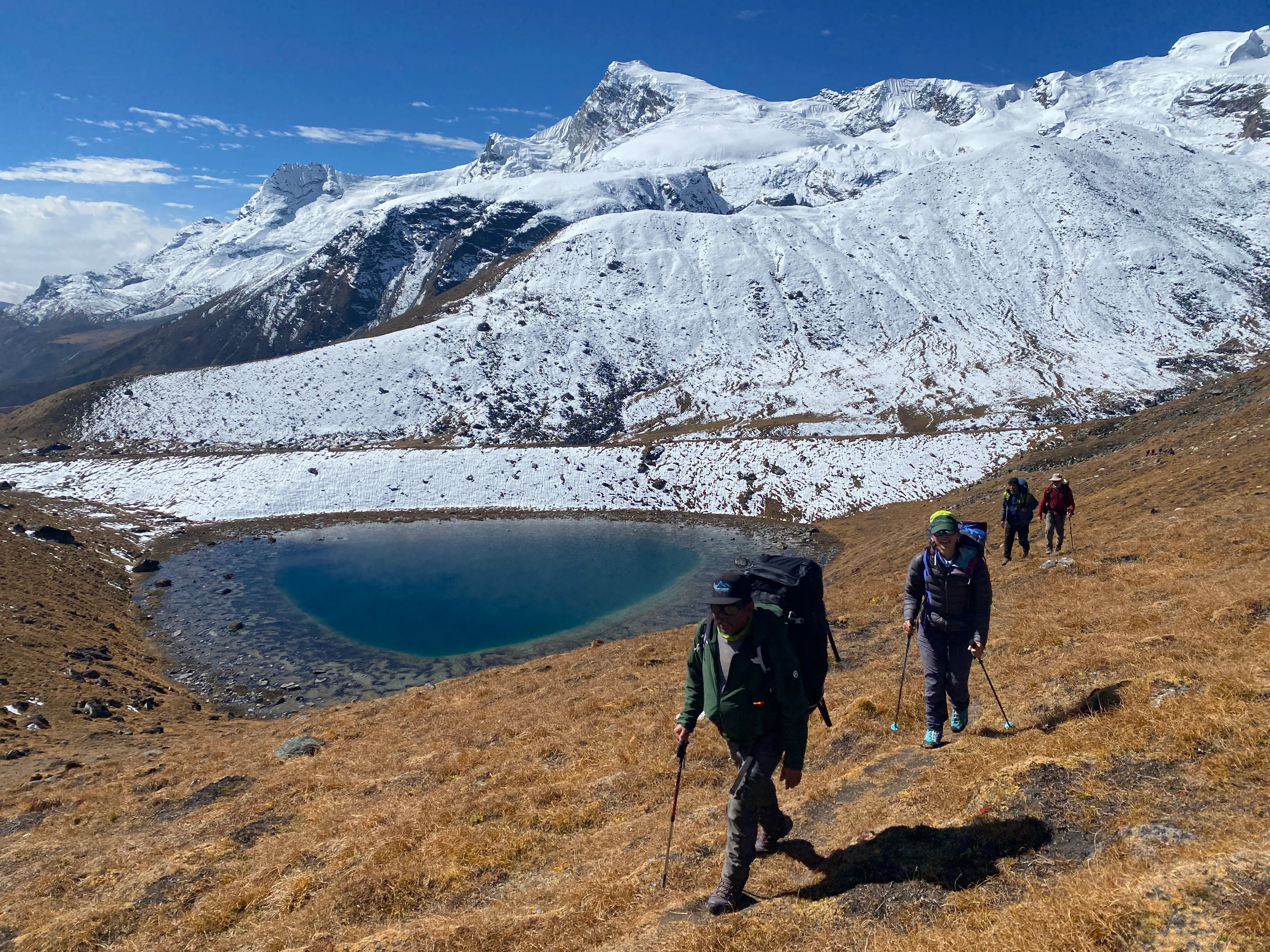

The Best Time to Climb Ama Dablam
The ideal climbing seasons for Ama Dablam are:
Pre-Monsoon (Spring): April to May, when the weather is relatively stable, and the temperatures are slightly warmer.
Post-Monsoon (Autumn): October to November, which is the most popular time due to clear skies and optimal climbing conditions.
Winter and summer climbs are rare due to extreme cold and heavy snowfall, which make the mountain even more dangerous.
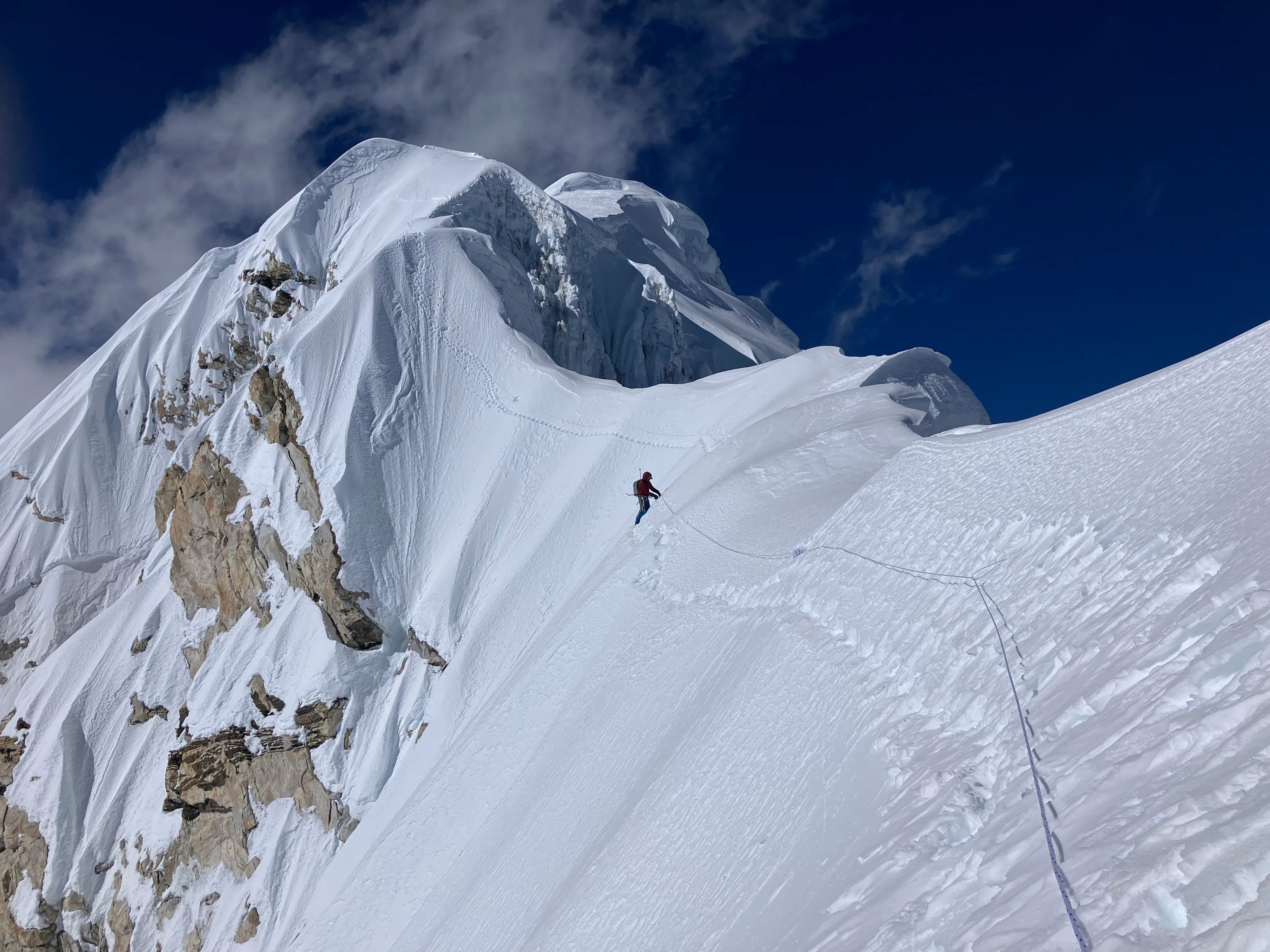
Personal Experiences and Notable Climbers
Many famous climbers have taken on the challenge of Ama Dablam. Erik Weihenmayer, the first blind person to summit Everest, described his 2019 ascent as a dream 20 years in the making. His experience highlights the physical and emotional demands of climbing such a technical peak. Other renowned mountaineers have also pushed the limits by attempting new routes and speed ascents.
Ama Dablam is a dream climb for serious mountaineers. Its breathtaking beauty, coupled with the technical nature of the ascent, makes it one of the most rewarding climbs in the Himalayas. While not as high as Everest, the challenges it presents require a high level of skill, experience, and determination. Those who reach its summit join an elite group of climbers who have conquered one of the world’s most striking and formidable peaks.
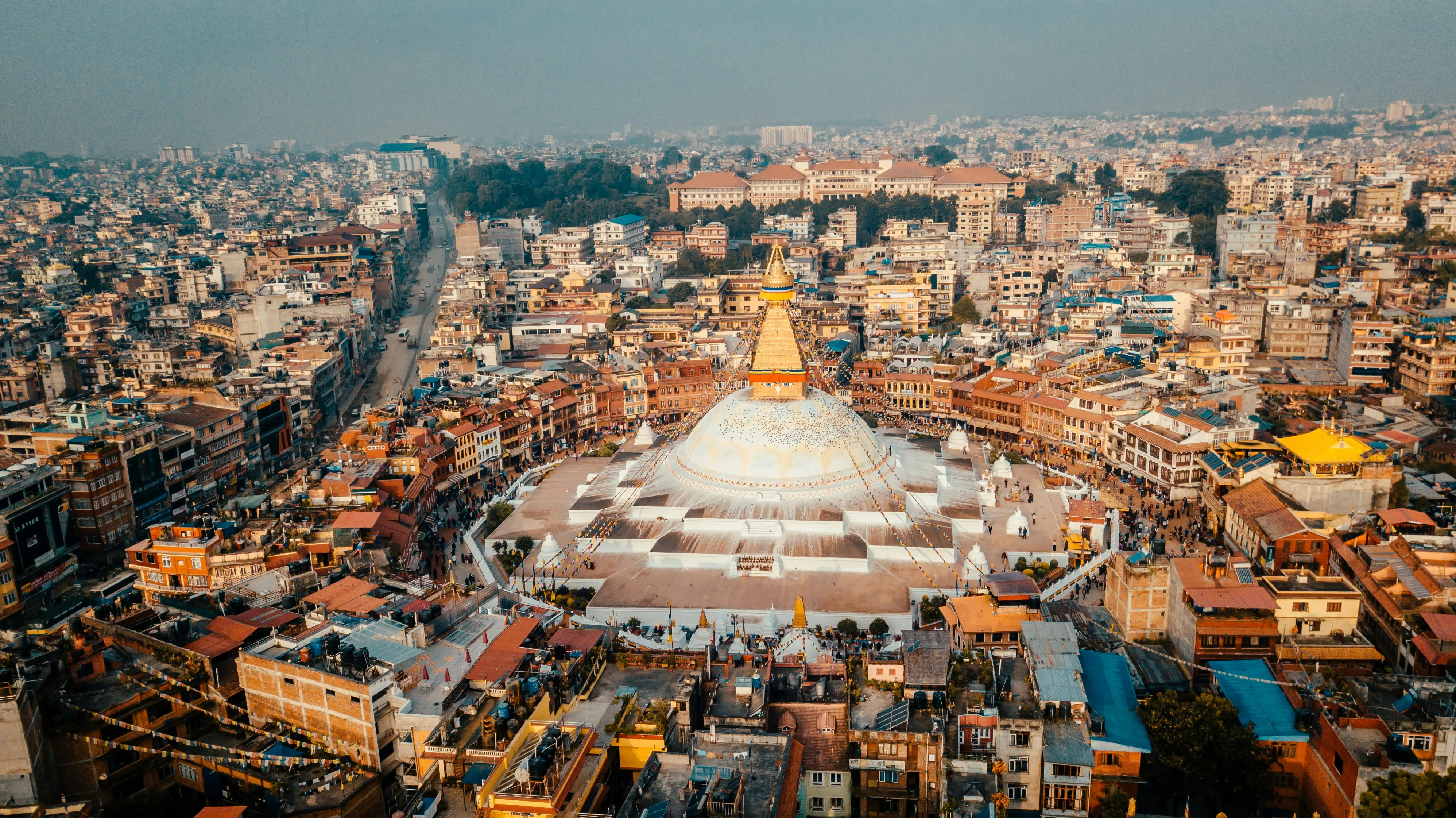
If you're ready to take on the challenge of Ama Dablam and experience one of the most breathtaking climbs in the Himalayas, KooKoo Climb offers a well-organized expedition with a IFMGA western guide, ensuring an unforgettable and safe ascent—your adventure of a lifetime starts here! Contact us!


